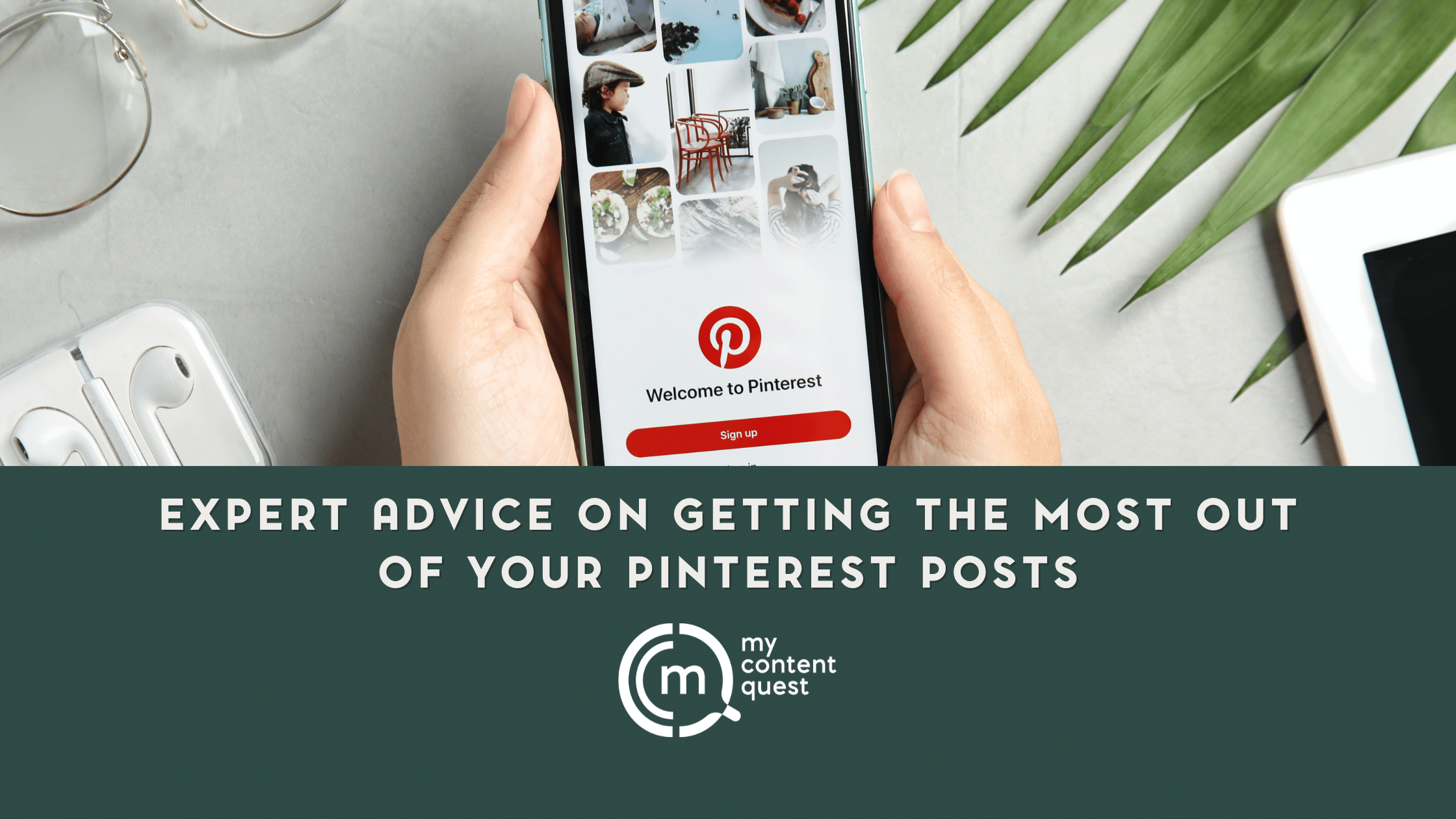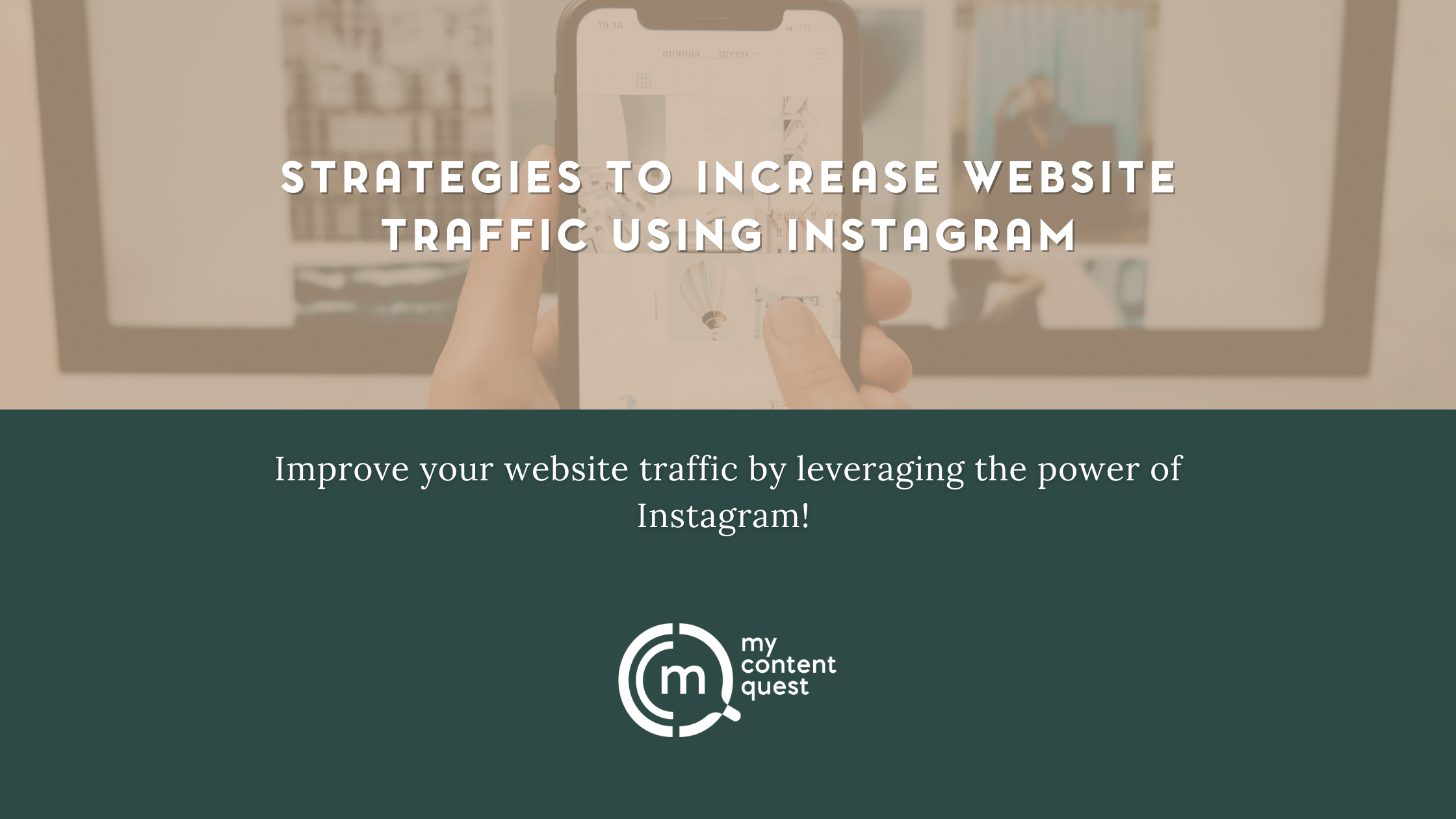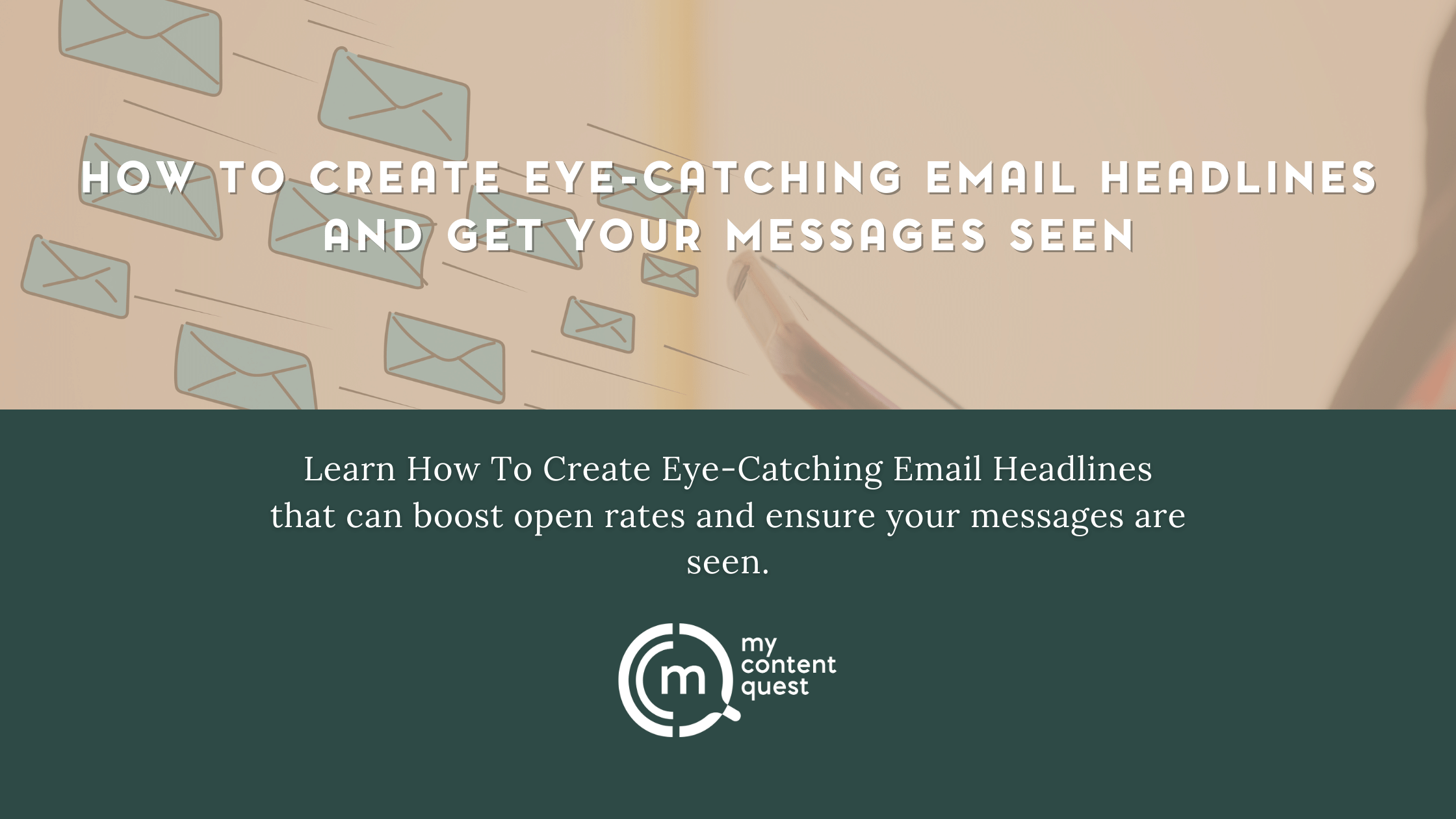Outline
What is Campaign Optimization? Tips for Measuring Integrated Tactics Using Insights to Improve Future Campaigns Seamless Integration to Maximize Your Campaign PerformanceThis blog post will discuss how to maximize the effectiveness of your campaign by seamlessly integrating tactics. We’ll explore the benefits of incorporating different tactics into your campaign, from choosing the right channels to utilizing the latest technology, and provide examples of successful campaigns that have used integration to their advantage. We’ll also provide tips on how to measure the success of your integrated tactics and how to use the insights gleaned from that data to improve future campaigns. Finally, we’ll look at the best practices for implementing
What is Campaign Optimization?
Campaign optimization is the process of fine-tuning marketing efforts in order to maximize return on investment (ROI) and maximize the use of limited resources. It is an important part of any organization’s marketing strategy, as it can help to increase revenue, drive more leads, and ultimately improve brand recognition.
In order to optimize campaigns, it’s important to consider the key metrics and tactics that will help to ensure success. There are several key metrics that should be tracked when optimizing campaigns, including cost per acquisition (CPA), customer lifetime value (CLV), and return on ad spend (ROAS). Additionally, tactics such as A/B testing, audience segmentation, and data analysis can help to maximize the effectiveness of an organization’s campaigns.
Campaign optimization is a crucial part of marketing and can help organizations get the most out of their campaigns. By making use of the metrics and tactics described above, organizations can ensure they are optimizing their campaigns for maximum returns.Campaign Optimization, Metrics, Tactics, Returns Effective campaigns are essential for any organization looking to succeed in their market, and with the right optimization techniques, businesses can ensure they are getting the most out of their investment.
Once the metrics are established, businesses can then create a strategy to optimize their campaigns. This strategy should include tactics such as ad placements, audience targeting, messaging, timing and budgeting. By carefully monitoring the performance of each of these tactics, businesses can optimize their campaigns for maximum impact.
Finally, businesses must ensure they are consistently testing and iterating their campaigns. This can include identifying and correcting under-performing elements or making changes to the campaign based on changes to the marketplace. With a disciplined approach, businesses can ensure their campaigns are delivering the expected returns.
Tips for Measuring Integrated Tactics
Measuring integrated tactics is essential for any successful campaign optimization When it comes to marketing campaigns, understanding what metrics can best measure progress and success is a critical part of the strategy The right tactics will determine how quickly you reach your goals and how efficiently you use resources
Here’s a comprehensive guide to help you better understand which metrics are important when measuring integrated tactics:
Cost per acquisition (CPA) is a metric used to measure the cost to acquire a new customer or user. By understanding the CPA associated with each campaign, organizations can assess the effectiveness of their campaigns and measure their ROI.
Customer lifetime value (CLV) is a metric that measures the total value of a customer over the entire customer lifecycle. Organizations should consider CLV when optimizing their campaigns to ensure that customer acquisition costs are balanced with the resulting retention and profitability of the customer.
Return on ad spend (ROAS) is a metric used to measure the return on investment of a paid advertising campaign. By tracking ROAS, organizations can determine whether they are generating an appropriate amount of revenue for the amount of money spent on ads. A/B testing is a tactic used to compare two variations of a digital asset to determine which one performs the best. It is an effective way to optimize campaigns, as it can provide insights into how different elements of the campaign can be improved in order to maximize results. Audience segmentation is a tactic used to understand the different types of customers and target them with tailored campaigns. This is important for campaign optimization as it can help to ensure that the right message is being delivered to the right customer.
Data analysis is an important part of campaign optimization, as it can provide insight into the performance of a campaign, allowing companies to identify areas of improvement and optimize campaigns accordingly. Campaign optimization is a key strategy for any organization, and requires understanding the right metrics and tactics to ensure success. By paying attention to CPA, CLV, ROAS, A/B testing, audience segmentation, and data analysis, organizations can ensure they are optimizing their campaigns for maximum returns.
Cost per Acquisition (CPA) is an important tool for evaluating the success of a campaign and measuring how much it costs to acquire a customer. A lower CPA means the campaign has a better return on investment, which can help inform future decisions and tactics. Customer Lifetime Value (CLV) is a metric used to measure a customer’s value over their entire relationship with a company. By understanding CLV, organizations can identify which customers to focus on and which campaigns will be most cost effective.
Return on Ad Spend (ROAS) is an important metric for evaluating how successful a campaign is in terms of driving sales. ROAS can help organizations understand the performance of their campaign and which tactics or strategies are having the best effect.
A/B testing can help organizations make decisions by providing insights into how different versions of an advertisement or campaign might perform.
Audience segmentation can also be used to target different audiences with more relevant campaigns and better ROI.
Data analysis is also an important part of optimizing a campaign. By properly analyzing the data from a campaign, organizations can get a better understanding of what approaches are working best and which ones need improvements.
Using Insights to Improve Future Campaigns
Insights provide data-driven feedback that can be used to shape and improve future campaigns. By looking into past campaigns and gathering data on what worked and what didn’t, businesses can use the insights gained to plan better and more effective campaigns in the future. Insights can help businesses create a deeper understanding of their target audience and determine the best way to reach them.
Businesses can uncover information such as the best times to reach people, what platforms are the most effective, and what type of content resonates with their audiences. With this understanding, businesses can create campaigns that are tailored to their customers and more likely to drive conversions. Insights can also help businesses understand which campaigns didn’t produce the desired results and inform them on how to optimize their future campaigns.
Overall, insights are invaluable for planning successful campaigns. By leveraging data-driven insights, businesses can more effectively target their audiences, optimize campaigns to maximize efficiency, and make more informed decisions when it comes to future campaigns. Utilizing insights to improve future campaigns can help businesses drive sales and reach their goals.
In the modern age, businesses are relying more than ever on data to drive their success. With the use of insights, businesses can better understand their customers and adjust their strategies accordingly. Utilizing insights to improve future campaigns can help businesses maximize their efficiency and make more informed decisions that will lead to better results.
The first step to improving future campaigns with insights is to collect and analyze the data from previous campaigns. This data will provide valuable insights into how well previous campaigns worked, which can help optimize future campaigns. By analyzing customer information, such as demographics, location, and interests, businesses can identify target audiences and develop effective strategies to reach them. Additionally, businesses can use the data to identify any areas of their campaigns that need improvement.
Once businesses have a better understanding of their past campaigns, they can use the gathered insights to create more effective campaigns. This can include creating custom messages tailored to each audience, adapting the campaign to different channels, or leveraging different types of content. By taking advantage of data-driven insights, businesses can develop strategies that are more likely to resonate with their target audience.
It is also important to track key performance indicators (KPIs) in order to gauge the success of future campaigns. This will provide businesses with insights into what areas are successful and which need improvement. By looking at customer engagement, cost per click, and conversion rates, businesses can measure the effectiveness of their strategies and adjust their campaigns accordingly.
Finally, it is essential to remain agile when it comes to utilizing insights for future campaigns. With changing trends and customer needs, businesses must constantly monitor their campaigns and adjust accordingly. Staying on top of customer preferences and trends can help businesses stay ahead of the competition and improve their campaigns quickly and effectively.
Seamless Integration to Maximize Your Campaign Performance
In today’s highly competitive digital landscape, marketers are looking for every edge they can get to maximize their campaign performance. Seamless integration of the right strategies and metrics is an invaluable tool to ensure campaigns are running at peak efficiency. This blog post will take an in-depth look at the key metrics and tactics that must be included in a comprehensive campaign integration plan to ensure the greatest returns.
A successful campaign relies on careful evaluation of the metrics that will be tracked. This includes monitoring things such as click-through rates, cost-per-click, conversion rates, and return-on-investment. By keeping an eye on these key metrics, businesses can better measure the success of their campaigns and make adjustments as needed.
Along with tracking metrics, it is also important to incorporate tactics such as audience segmentation, personalization, and multi-channel optimization into your campaign integration plan. Audience segmentation helps target the right customer demographic with the most relevant messaging and content. Personalization ensures that each customer receives content that is tailored to their interests based on their customer journey. Finally, multi-channel optimization brings all the pieces of a campaign together in an integrated way to maximize their reach and effectiveness.
Incorporating these many aspects of seamless integration into a marketing initiative can seem daunting, but doing so is essential for businesses looking to maximize their campaign performance. With careful analysis of the relevant metrics and the implementation of the right tactics, businesses can ensure their campaigns reach optimal performance and deliver the greatest returns.
By following this comprehensive guide on how to maximize the performance of your marketing initiatives through seamless integration, you’ll be well on your way to achieving your desired outcomes and improving the success of your campaigns. Seamless integration of the right metrics and tactics is key to creating successful marketing initiatives that drive real returns.
In order to maximize the performance of your campaigns, seamless integration of the right metrics and tactics is essential. With the ever-evolving landscape of marketing, it is increasingly important to make sure that your efforts are tailored to the needs of your target audience and aligned with the desired outcomes of your initiatives.
Seamless integration of metrics and tactics begins with understanding the objectives of each campaign. This requires taking the time to analyze your current marketing landscape, identify potential opportunities, and build your strategy around them. This allows for the development of a tailored marketing plan that can be implemented in order to achieve the desired outcomes.
Once objectives have been established, it is important to ensure that the team is working in synergy to reach these targets. By implementing tight collaboration between the various departments, you can ensure that all of the necessary resources are effectively aligned and every metric and tactic is optimized towards achieving the desired goals. In addition, integrating the right metrics and tools into the process can help you track the progress of your campaigns and make adjustments as necessary to maximize the effectiveness of your efforts.
Finally, it is also important to ensure that the data gleaned from the implementation of the campaigns is analyzed and reported regularly. This allows for informed decisions to be made and corrective actions to be taken if necessary. By keeping track of the progress of campaigns and the success of various metrics and tactics, the team can constantly optimize the effort to drive the desired outcomes.







